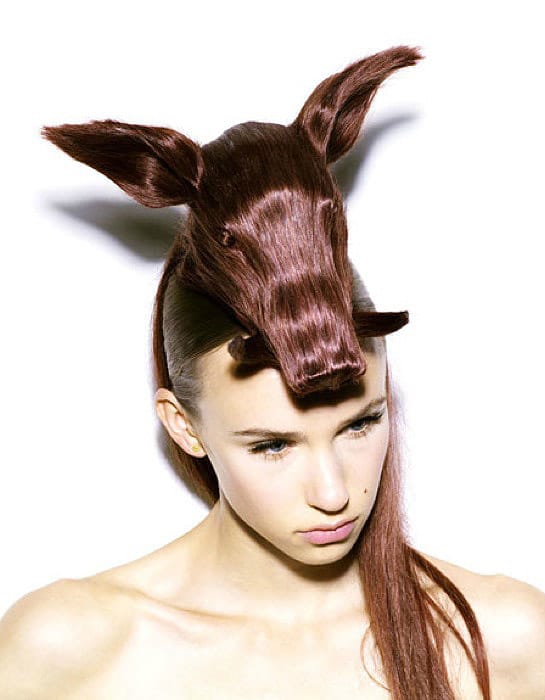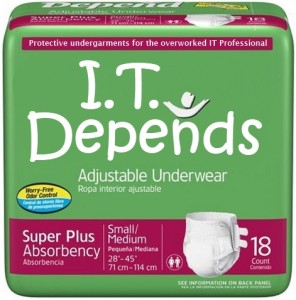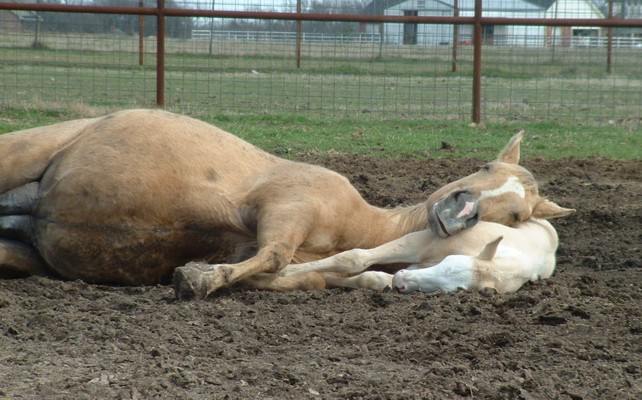PLEASE NOTE: The following information pertains to nutritional analysis of hair. It does not pertain to legitimate uses of hair for DNA analysis, for such things are parentage or polysaccharide storage myopathy (PSSM) testing. Thank you. Really. Thank you.
Welcome to the world of hair analysis. It even has it’s own theme song!
I don’t know if you’ve heard about this, but according to some folks, it’s easy to make sure your horse is firmly on the path to good health. All you need to do it analyze his hair! I mean, what could be easier? You take some hair, you analyze it for this, that, or the other, and you get a profile, and maybe even some custom-designed supplements, to boot! What could possibly be wrong with that approach?
For every complex problem there is an answer that is clear, simple, and wrong. – HL Mencken
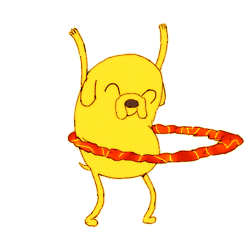 Hair analysis has been around for a long time – its use was first reported as a way to detect arsenic toxicity way back in 1857! And, so as not to give anyone the idea that analyzing the hair for something is not an idea that is completely idiotic, it can been used to track drugs and poisons, which can accumulate in hair when they are routinely used or abused. Once drugs (or other chemicals) get included in hair, hair analysis can provide a historical record of exposure months – or even years – after it has occurred. In fact, if you have the time or interest, you can CLICK HERE to read a paper detailing the use of hair analysis for drug, chemical, and toxin exposure.
Hair analysis has been around for a long time – its use was first reported as a way to detect arsenic toxicity way back in 1857! And, so as not to give anyone the idea that analyzing the hair for something is not an idea that is completely idiotic, it can been used to track drugs and poisons, which can accumulate in hair when they are routinely used or abused. Once drugs (or other chemicals) get included in hair, hair analysis can provide a historical record of exposure months – or even years – after it has occurred. In fact, if you have the time or interest, you can CLICK HERE to read a paper detailing the use of hair analysis for drug, chemical, and toxin exposure.
But, from an importance-in-nutritional-profiling standpoint, hair analysis has “been around” in the same sense that UFO sightings have been around. Or hula hoop competitions. They show up, there’s a flurry of interest, and then they’re gone. And then, 10 or 15 or 20 years later, there’s a whole new group of sightings. Or competitors. At least kids with hula hoops are cute. Relatively.
So anyway, this hair analysis thing is one of those hula hoop things. Without the cute.
The idea behind hair analysis is pretty simple. Hair, it is alleged, is representative of the horse’s body’s nutritional state. What you see in the hair is thus somehow supposed to give you a window into the horse’s nutritional soul. Based on a “detailed” analysis of the hair (especially the mineral content), a concerned horse owner can then go about trying to fix whatever nutritional deficiencies are identified through looking through this hirsute window: usually using products sold – even custom designed! – by the person analyzing the hair.
BRIEF ASIDE: Minerals are, to be sure, important for your horse. However, they also are, to be sure, supplied in adequate amounts by a good diet. Plus, nutritionists don’t even know what some of the minerals do in the horse’s body. So, for example, while we can confidently state that your horse has a dietary requirement for aluminum, we have pretty much no idea what it does, and you can’t make a horse’s diet deficient in aluminum, even if you try. If you’re worried about your horse’s aluminum levels, you need to find something else to worry about.
Of course, poor hair coat is certainly one possible signs of nutrient deficiency. But that’s different. You can see a horse with a bad hair coat: dull, brittle… that sort of thing. Hair analysis is not about that. Plus, when it comes to hair analysis, one of the biggest problems is with the labs. Back in 2001, researchers did a study on hair mineral analysis by commercial laboratories, and published in the the prestigious Journal of the American Medical Association. They took a hair sample from a single volunteer, split it, and sent it to different labs. What did they find? “Hair mineral analysis from these laboratories was unreliable, and we recommend that health care practitioners refrain from using such analyses to assess individual nutritional status or suspected environmental exposures. Problems with the regulation and certification of these laboratories also should be addressed.” And have the problems been addressed? Not at all.
1. The results of hair analysis can depend on the site from which you take the hair.
Now this brings up an interesting conundrum. One the one hand, you could look at this fact and say, “Well, if the results from hair on the face differ from those on the flank, or croup (or whatever), then this can’t be a very useful test.”
On the other hand, you might look at it and say, “Holy smokes! My horse has a copper deficiency in his face but not on his ribs!” Which then brings up the perplexing question of where to to find a supplement that only targets the face. Well, maybe not so perplexing. I mean, we live in a world of ridiculous tests and useless supplements. So somebody is bound to have that. I don’t know – I haven’t looked..
2. The results of hair analysis can be different during different seasons of the year.
I can only imagine. Different analyses and different supplements for different seasons.
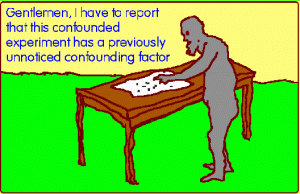 3. Hair coat color can affect the results of hair analysis.
3. Hair coat color can affect the results of hair analysis.
4. Stable dust can affect the results of hair analysis.
Try to figure out how to keep stable dust away from your horse.
5. With hair, you’re looking in the past. The hair that you look at today was formed weeks or months ago. Even if hair analysis were to provide an accurate assessment of a horse’s nutritional status – which it doesn’t – it would only reflect the past. The horse hair that you’re looking at today would have already left the nutritional barn after the door was closed, so to speak. The almost legendary Cornell nutritionist Dr. Harold Hintz wrote on this back in 2001 – you can CLICK HERE to read the article.
 Hair analysis, like many other things in medicine – acupuncture and homeopathy immediately come to mind – is almost zombie-like. The corpse of the procedure is dead, at least according to those who assess such things, but through some almost supernatural power, the procedure returns and becomes reanimated, ready to take the money from people with short memories. If you think that something’s wrong with your horse, of course, you should get your horse looked at. But don’t go clipping off a bit of your horse’s mane to get it analyzed in hopes for getting some useful information. You’ll get something back, for sure. Just not anything useful.
Hair analysis, like many other things in medicine – acupuncture and homeopathy immediately come to mind – is almost zombie-like. The corpse of the procedure is dead, at least according to those who assess such things, but through some almost supernatural power, the procedure returns and becomes reanimated, ready to take the money from people with short memories. If you think that something’s wrong with your horse, of course, you should get your horse looked at. But don’t go clipping off a bit of your horse’s mane to get it analyzed in hopes for getting some useful information. You’ll get something back, for sure. Just not anything useful.

